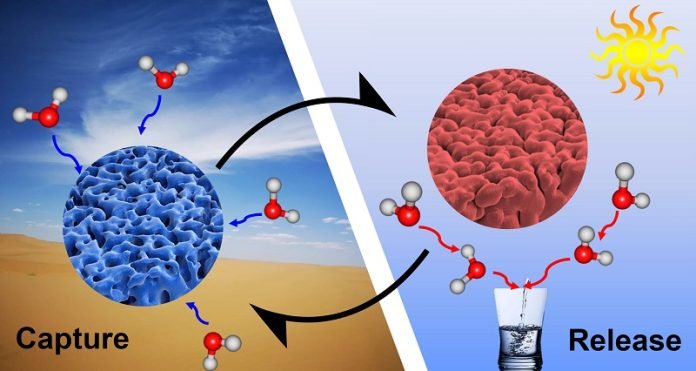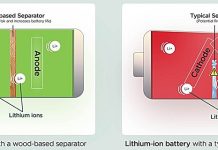
In a world where over 2 billion people are struggling with water scarcity, scientists have come up with a ray of hope, literally using sunlight!
Researchers from Shanghai Jiao Tong University in China have developed a groundbreaking technology that uses solar power to extract water from the air, offering a potential lifeline to those living in dry, sunny regions.
This new method, detailed in their study “Daytime air-water harvesting based on super hygroscopic porous gels with simultaneous adsorption-desorption,” published in Applied Physics Reviews, could significantly boost the daily water supply for various needs like drinking, industrial use, and personal hygiene.
The United Nations has been sounding alarms over the dire water crisis affecting billions and causing millions of deaths from water-related diseases annually.
Interestingly, many of these water-stressed regions also enjoy abundant sunlight, making solar-powered solutions particularly appealing.
The Chinese researchers’ invention revolves around a unique material called a “super hygroscopic gel.”
This gel is created using plant-based components and special salts that are extremely good at absorbing moisture from the air. What’s impressive about this gel is its ability to hold a massive amount of water.
A single kilogram of this dry gel can soak up to 1.18 kilograms of water in dry conditions and a whopping 6.4 kilograms in more humid environments.
This technology is a significant step up from previous attempts, which often struggled with issues like salt leakage and reduced water absorption when salt was added to hydrogels.
The team overcame these challenges, producing a gel that maintains excellent water-holding capacity even when loaded with large amounts of salt.
The system they designed is quite ingenious. It consists of two chambers, one for releasing (desorption) and the other for collecting (condensation) water, set up side by side.
A turbofan in the condensation chamber helps recover over 90% of the water released. This setup ensures that the system can efficiently produce water even during weaker sunlight conditions like in the morning or afternoon.
What’s more exciting is the team’s plan to refine this system further. They aim to optimize it to perform water absorption and release simultaneously throughout the day using renewable energy.
This would maximize the amount of water generated from each unit of the absorbent material.
The potential applications of this technology extend beyond just producing drinking water. The researchers envision using these moisture-absorbing materials for other purposes, such as dehumidifying air, irrigating crops, and even managing the temperature of electronic devices.
In summary, this solar-powered atmospheric water harvesting technology from Shanghai Jiao Tong University represents a significant leap forward in our quest to solve water scarcity problems, especially in sun-drenched, arid regions.
It’s a brilliant example of how innovation and renewable energy can come together to create sustainable solutions for some of our planet’s most pressing challenges.



